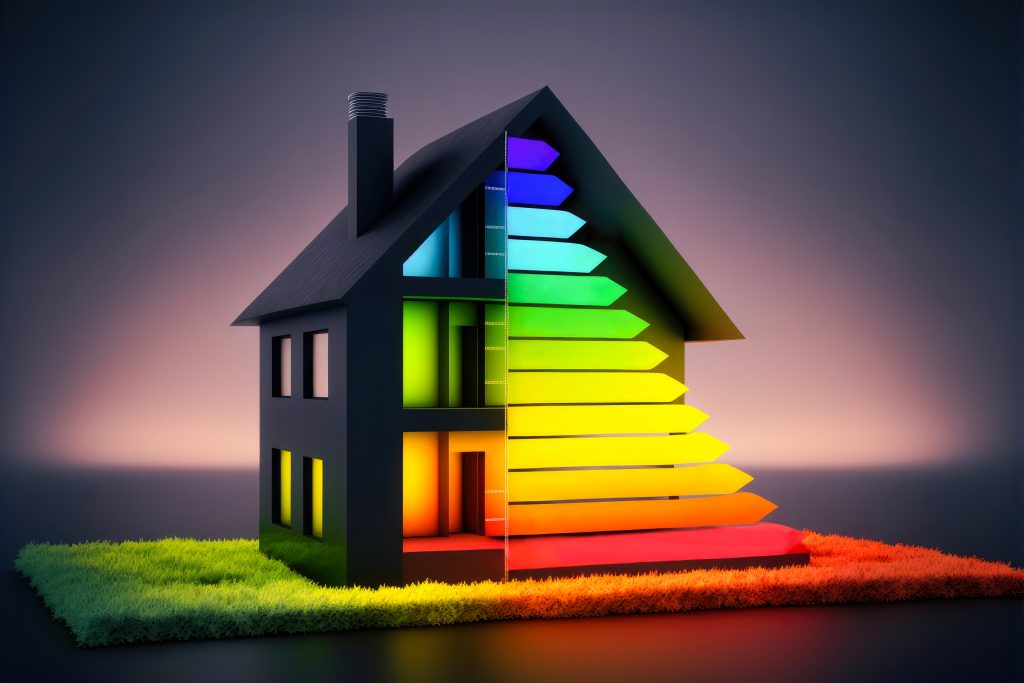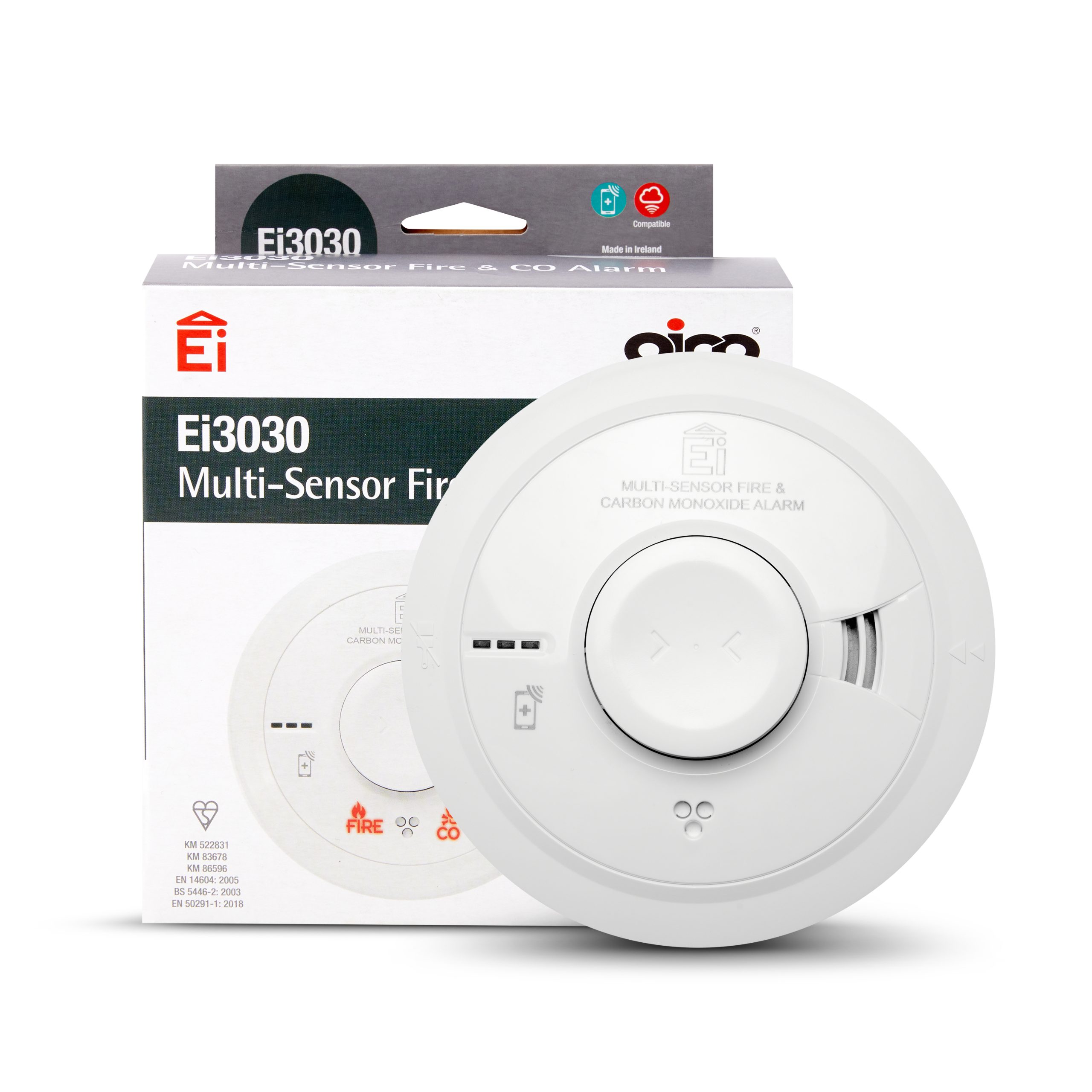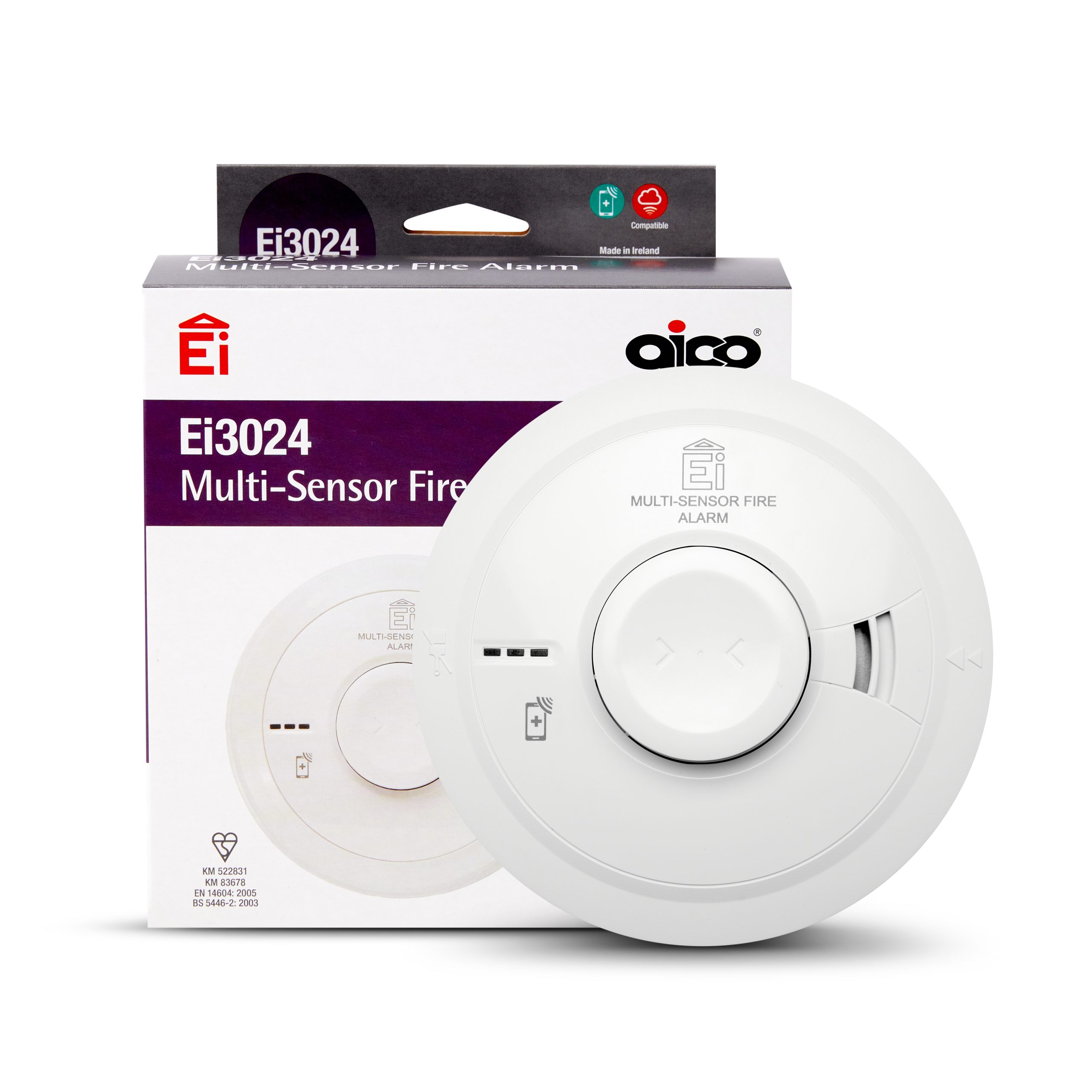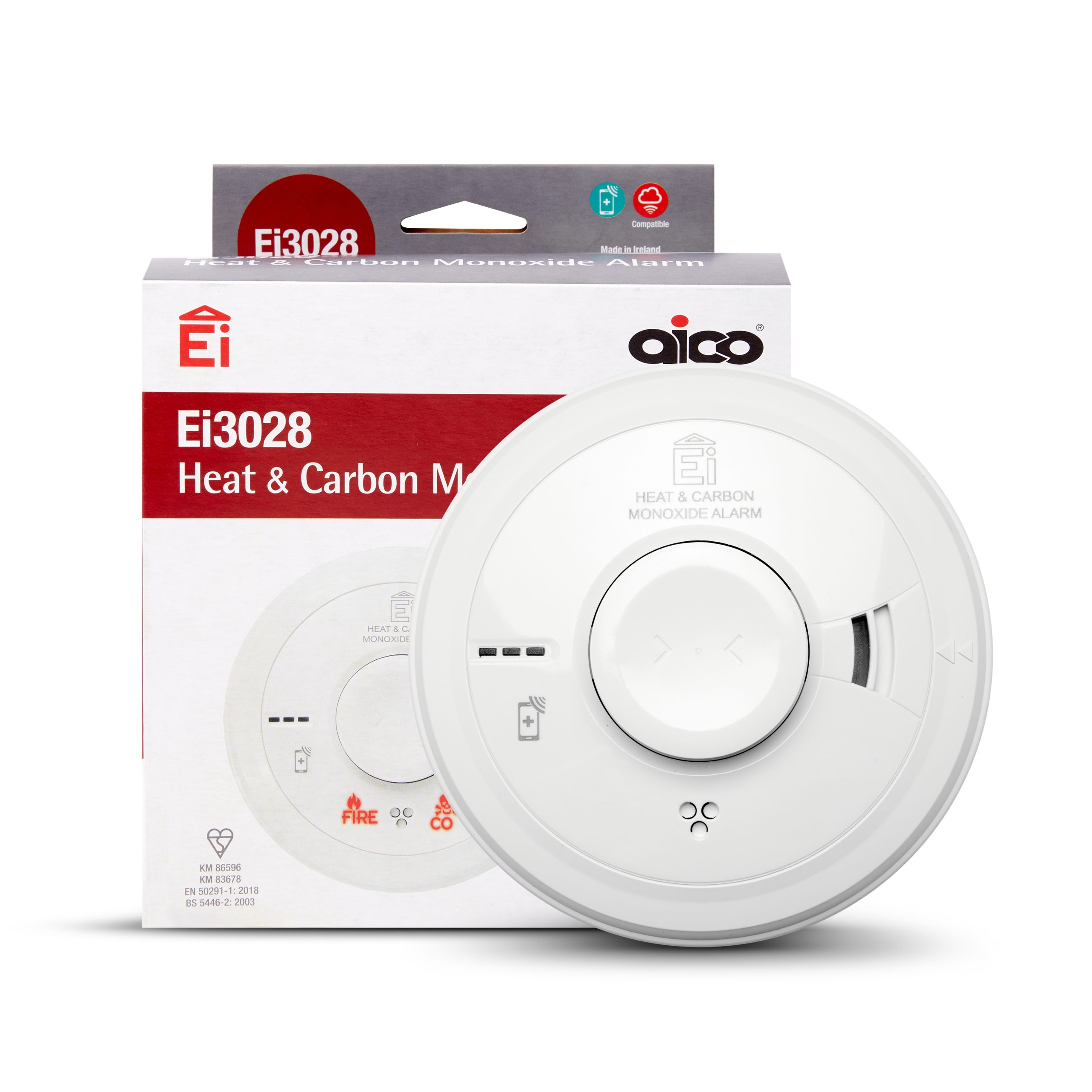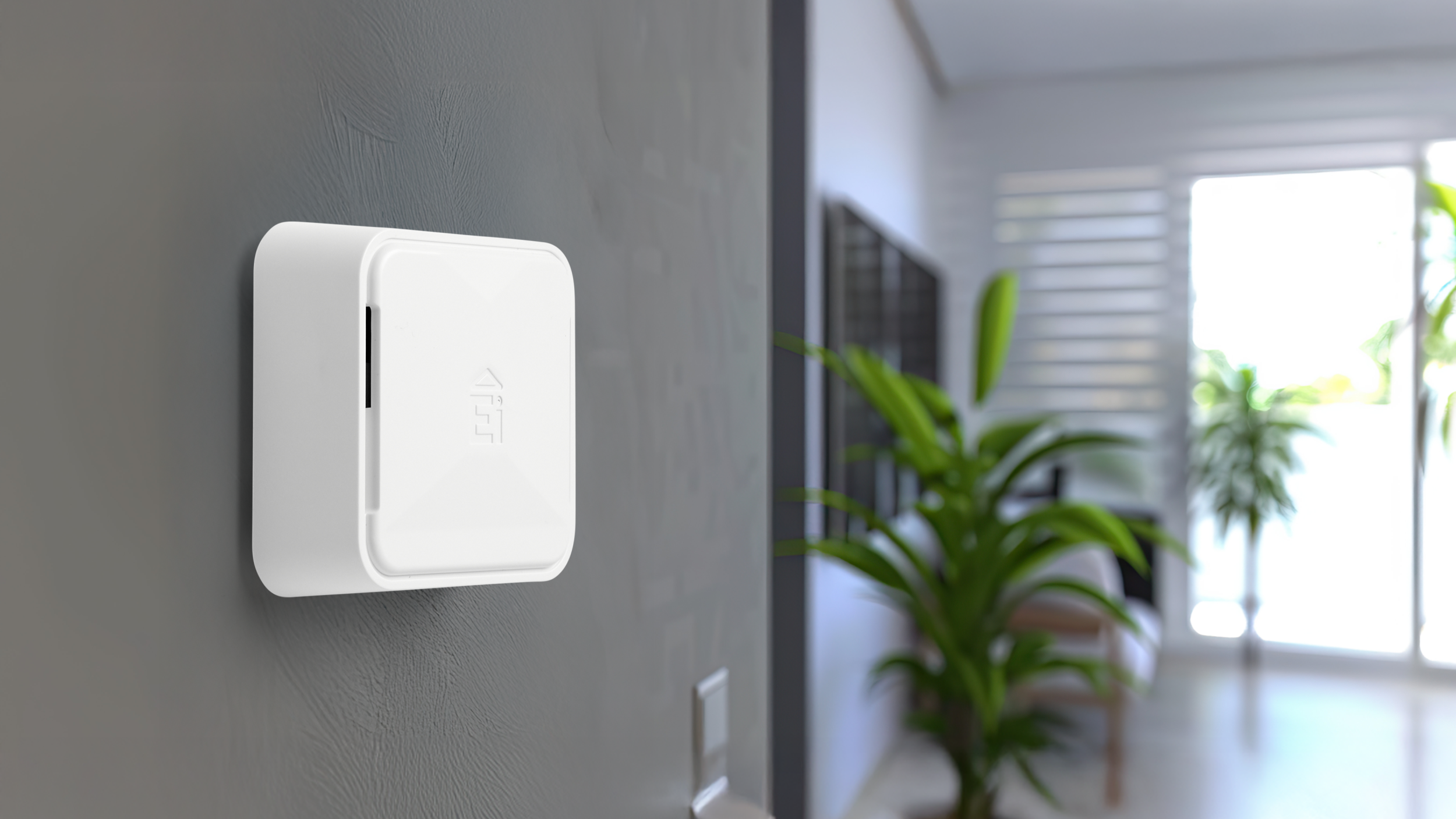How to improve the performance of homes through retrofit

What is Retrofitting?
Retrofitting is making improvements to an existing building retroactively to improve its energy efficiency. Retrofitting techniques can range from switching to low-energy LED bulbs to upgrading a building’s entire heating system. The benefits of these upgrades mean a healthier, more cost-effective home for the resident, an increase in property value for the landlord or homeowner and a reduction in carbon emissions.
The UK’s housing sector is under pressure to deliver an extensive retrofit programme to meet the government’s ambitious target of net zero emissions by 2050 and to reduce annual carbon emissions by more than half in the building sector by 2035.
How to improve building performance by retrofitting
Before undertaking any retrofitting projects, it’s important to identify which properties need improving the most, for the biggest impact.
In 2022, homes both new and existing accounted for 17% of the UK’s carbon dioxide emissions. (DESNZ)
There are a variety of improvements that can be made to improve the energy efficiency of a building. Some of the changes landlords could make to improve their housing portfolio through retrofitting include:
Heating
Heating and hot water make up around half the cost of a household’s bills and with energy prices increasing, more households than ever are at risk of fuel poverty.
Replacing outdated fossil fuel-burning heating with more fuel-efficient or low-carbon heating systems, like a heat pump reduces carbon emissions and improves energy efficiency to lower running costs.
Heat pumps are powered by electricity and work by absorbing heat from the outside air to move around the property to provide a low-carbon heating option.
There are many different types of heat pumps but the average cost for an air source heat pump would be £14,000. The potential annual savings of upgrading from an Old (G-rated) oil boiler to a standard air source heat pump in an average-sized, three-bedroom, semi-detached home would be £455.
Hot Water
An easy and low-cost way to improve heat retention and save energy with a hot water tank or cylinder is with insulation. Purchasing a hot water cylinder or tank jacket at least 80mm thick provides insulation, optimises heat retention, and reduces the operating cost of hot water heating.
Preventative measures such as installing a cold-water tank insulation jacket will provide protection from cold water freezing during the winter months. This reduces maintenance and call-out costs for the landlord.
Lighting
LED bulbs are more energy efficient than other types of lightbulbs and produce a brighter light for lower wattage, reducing electricity consumption and lowering energy bills.
Replacing all the halogen or incandescent bulbs in a property with low-wattage LED lightbulbs is a simple but effective retrofit measure that could reduce a home’s carbon dioxide emissions by up to 50kg in a year.
Depending on the type of bulb replaced with LEDs you could save from £4 to £15 per bulb per year.
Windows & Doors
Upgrading single-glazed windows to either double or triple glazing will increase the airtightness of a property, reducing heat loss and improving the energy efficiency of the building.
Double and triple glazing comes with an energy efficiency rating from A++ to E. The more efficient the window the higher the grade and the better the performance of the product.
‘A set of A-rated windows for a semi-detached house will typically cost around £7,500. By installing A-rated double glazing to windows in an entirely single-glazed semi-detached gas-heated property, you could save £195 a year and 330kg of carbon dioxide.’ (Energy Saving Trust)
Draught excluders are available to fit in the gap on both doors and windows, this simple step will decrease draughts and improve heat retention. Fitting draught-proofing to the doors and windows will save the typical household around £60 a year.
Exterior doors are available to purchase with insulation already integrated meaning they will help to improve the energy efficiency of the home.
Retrofit Buildings for Energy Efficiency
With the majority of the country’s housing stock currently failing to meet adequate levels of energy efficiency and sustainability, and no previous overarching standard for retrofit work, PAS 2035 was introduced by BEIS and BSI to ensure any domestic retrofit meets the outlined energy efficiency requirements.
Compliance with PAS 2035 also requires landlords to monitor the post-retrofit conditions to ensure the retrofit design implemented improved efficiency with no unintended consequences.
Pre-retrofit Monitoring to Identify Poorest Performing Homes
The path to retrofitting a building at scale means optimising the level of retrofit required across a housing portfolio in pursuit of net zero.
Aico’s HomeLINK Connected Home Solution enables landlords to remotely monitor their housing stock and evaluate pre-retrofit conditions such as temperature, humidity, thermal performance and ventilation with the HomeLINK Environmental Sensors and Gateway. These insights into property performance can help landlords identify which properties require what retrofit solutions. Knowing which properties are in need of work and what measures are required helps landlords plan improvement works.
Post-retrofit Monitoring and Evaluation
Most retrofit assessments are based on assumptions. Each home is unique, and every household has its own way of living. Assessments work to some degree, but we don’t really know which measures are effective in different situations.
The data and insights from the Gateway and HomeLINK Environmental Sensors will be an invaluable tool for landlords assisting them in:
- Providing better information about the performance of homes means landlords and residents are well-placed to give feedback on whether energy efficient retrofits in homes have delivered intended outcomes, as required under PAS 2035.
- Monitoring of internal temperatures and relative humidity, energy usage, and identification of occupancy factors influencing retrofit performance.
- Long-term monitoring of the property’s energy performance.
Through measuring temperature, humidity and carbon dioxide, landlords can utilise remote data insights available in the HomeLINK Portal to evaluate if the retrofit project has delivered the expected outcome without any unintended consequences, for example, an increased risk of damp and mould due to retrofit works increasing the air tightness of a building.
To find out more, please visit the HomeLINK area of our website.
